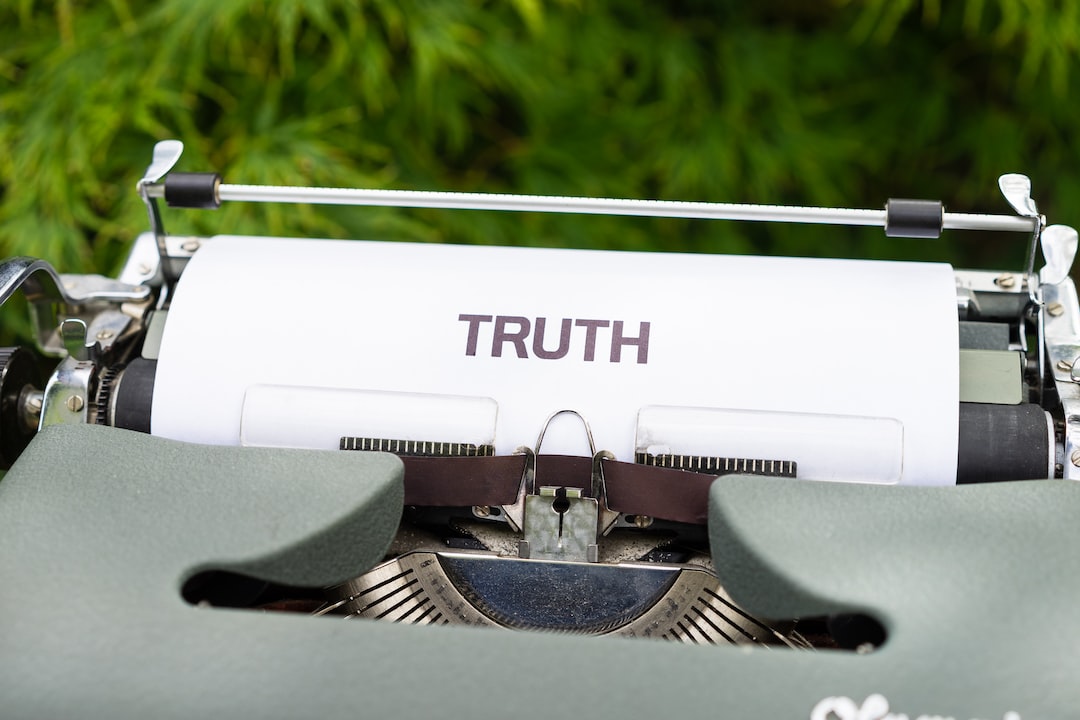The Role of Media in Promoting Diversity and Inclusion
In today’s modern world, the media has an incredible influence on shaping public opinion and perceptions. From television shows to newspapers and social media platforms, the media plays a significant role in promoting values, ideas, and beliefs. One crucial aspect that the media has the power to shape is diversity and inclusion.
Diversity refers to the variety of different identities, perspectives, and experiences that make up a society. It includes aspects such as race, ethnicity, gender, sexual orientation, religion, and age, among others. Inclusion, on the other hand, involves creating an environment where individuals feel valued, respected, and included, regardless of their backgrounds or identities. The media has a responsibility to promote and foster diversity and inclusion by portraying society accurately and representing marginalized communities.
One way in which the media can promote diversity and inclusion is by representing diverse voices and perspectives. For far too long, certain groups have been underrepresented or misrepresented in the media. This lack of representation perpetuates stereotypes and biases, leading to societal divisions and inequalities. Therefore, it is essential for the media to actively seek out and amplify diverse voices to create a more inclusive society.
Moreover, the media has the power to challenge stereotypes and break down societal barriers. By portraying diverse characters and storylines, the media can challenge preconceived notions and provide a platform for marginalized communities’ narratives. Television shows such as “Orange is the New Black” and “Pose” have done an excellent job in breaking stereotypes and shedding light on often overlooked communities. Such representation fosters understanding and empathy and helps bridge the gap between different groups.
Furthermore, the media has the ability to shape public opinion and define societal norms. By promoting diversity and inclusion through messages of acceptance and understanding, the media can help create a more inclusive society. This can be achieved through educational programs, documentaries, and news articles that highlight the importance of diversity and the contributions of marginalized communities. Through these mediums, the media can challenge prejudices and inspire positive change.
Social media platforms play a crucial role in promoting diversity and inclusion as well. With the rise of platforms such as Facebook, Twitter, and Instagram, individuals now have the power to share their stories and experiences directly with the public. This democratization of the media allows marginalized communities to have a voice and connect with others who share similar experiences. Social media has become a powerful tool for advocacy and raising awareness about issues related to diversity and inclusion.
However, while the media has the potential to promote diversity and inclusion, it can also perpetuate stereotypes and inequalities. Media outlets must acknowledge their biases and work towards dismantling them. Journalists need to undergo diversity and inclusion training to better understand and represent diverse communities accurately. Furthermore, media organizations should actively promote diversity within their staff, ensuring that a variety of perspectives are present in decision-making processes.
In conclusion, the media has a crucial role to play in promoting diversity and inclusion in society. By representing diverse voices and challenging stereotypes, the media can bridge social divides and foster understanding. It has the power to shape public opinion and define societal norms, making it essential for the media to actively seek out and amplify diverse voices. Additionally, social media platforms have become powerful tools for marginalized communities to connect and share their stories, further advancing the cause of diversity and inclusion. However, it is important for media outlets to acknowledge their biases and work towards dismantling them to create a more inclusive media landscape. Only through the collective efforts of media organizations, journalists, and individuals can we work towards a more diverse and inclusive society.

